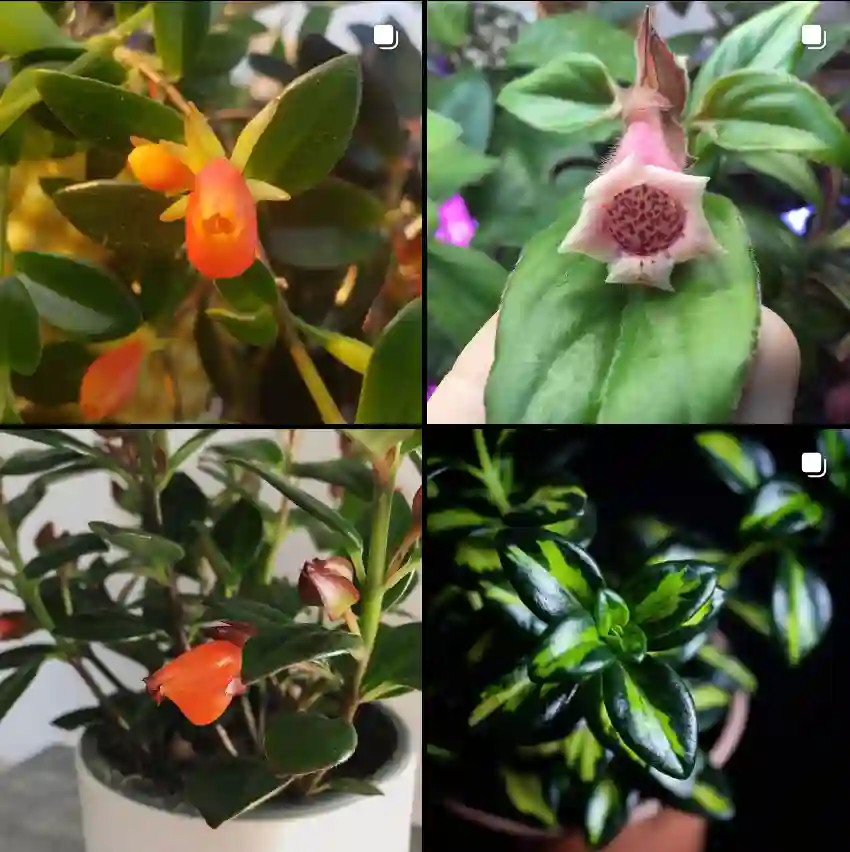
April 14 – Rafflesia
"Rafflesia, the extraordinary blossom, represents April 14."
Rafflesia stands for uniqueness and wonder. You are rare and unforgettable, leaving an impression wherever you go. Like this plant, your extraordinary nature draws admiration and intrigue.
The Corpse Flower: A Stinkingly Beautiful Enigma
My name is Ferb Vu, and I’m fascinated by the bizarre and beautiful world of parasitic plants. While many find beauty in vibrant orchids or fragrant roses, I find myself drawn to the strange allure of the Rafflesia, a genus of endophytic parasitic plants belong to the Rafflesiaceae family that has captivated botanists and nature enthusiasts alike for centuries.
These remarkable plants, native to the rainforests of Southeast Asia, are renowned for producing the largest individual flowers on Earth. Imagine a fleshy, five-petaled bloom, the color of rotting meat, with a diameter reaching up to one meter and weighing up to 11 kilograms! It’s a sight that is both repulsive and mesmerizing, a testament to the incredible diversity of life on our planet.
A Life of Dependency
Rafflesia are holoparasites, meaning they lack chlorophyll and are entirely dependent on their host plant for survival. They have no stems, leaves, or roots, existing solely as a network of threads within the tissues of their host, typically Tetrastigma vines. This unique lifestyle makes them incredibly difficult to study and cultivate, adding to their mystique.
The only visible part of the Rafflesia is its gigantic flower, which emerges from the forest floor or directly from the host vine. This fleshy, otherworldly bloom emits a pungent odor, often described as smelling like rotting flesh. This stench, while unpleasant to us, serves a crucial purpose: attracting carrion flies that act as pollinators, ensuring the continuation of the species.
A Diverse Genus
While the iconic Rafflesia arnoldii, with its record-breaking flower, is perhaps the most well-known species, the genus Rafflesia comprises a fascinating array of diverse species, each with its own unique characteristics. Here are:
- Rafflesia arnoldii: Found in the rainforests of Sumatra and Borneo, this species boasts the largest single flower in the world. Plant FAQs: Rafflesia Arnoldii – Corpse Flower
- Rafflesia kerrii: This species, found in Thailand and Peninsular Malaysia, has a slightly smaller flower than R. arnoldii, but is still an impressive sight.
- Rafflesia cantleyi: This species, found in Peninsular Malaysia, is notable for its distinctive deep red flowers with white warts.
- Rafflesia pricei: This species, found in the Philippines, has a smaller flower with a more elongated shape.
- Rafflesia tuan-mudae: This species, found in Borneo, is known for its relatively large flowers with a distinctive orange-red color.
- Rafflesia aurantia Barcelona, Co & Balete
- Rafflesia azlanii Latiff & M.Wong
- Rafflesia baletei Barcelona & Cajano
- Rafflesia banaoana Malabrigo
- Rafflesia bengkuluensis Susatya, Arianto & Mat-Salleh
- Rafflesia borneensis Koord.
- Rafflesia camarinensis F.B.Valenz., Jaucian-Adan, Agoo & Madulid
- Rafflesia ciliata Koord.
- Rafflesia consueloae Galindon, Ong & Fernando
- Rafflesia gadutensis Meijer
- Rafflesia hasseltii Suringar
- Rafflesia horsfieldii R.Br.
- Rafflesia keithii Meijer
- Rafflesia kemumu Susatya, Hidayati & Riki
- Rafflesia lagascae Blanco
- Rafflesia lawangensis Mat-Salleh, Mahyuni & Susatya
- Rafflesia leonardi Barcelona & Pelser
- Rafflesia lobata R.Galang & Madulid
- Rafflesia manillana Teschem.
- Rafflesia meijeri Wiriad. & Sari
- Rafflesia micropylora Meijer
- Rafflesia mira Fernando & Ong
- Rafflesia mixta Barcelona, Manting, Arbolonio, R.B.Caball. & Pelser
- Rafflesia parvimaculata Sofiyanti, Mat-Salleh, Khairil, Zuhailah, Mohd.Ros. & Burs
- Rafflesia philippensis Blanco
- Rafflesia rochussenii Teijsm. & Binn.
- Rafflesia schadenbergiana Göpp. ex Hieron.
- Rafflesia sharifah-hapsahiae J.H.Adam, R.Mohamed, Aizat-Juhari & K.L.Wan
- Rafflesia speciosa Barcelona & Fernando
- Rafflesia su-meiae M.Wong, Nais & F.Gan
- Rafflesia tengku-adlinii Mat-Salleh & Latiff
- Rafflesia tiomanensis Siti-Munirah, Salamah & Razelan
- Rafflesia tuanku-halimii J.H.Adam, Aizat-Juhari, Azilah & K.L.Wan
- Rafflesia tunku-azizahiae J.H.Adam, Aizat-Juhari & K.L.Wan
- Rafflesia verrucosa Balete, Pelser, Nickrent & Barcelona
- Rafflesia witkampii Koord.
- Rafflesia zollingeriana Koord.
Conservation Challenges
Unfortunately, many Rafflesia species are threatened with extinction due to habitat loss, deforestation, and illegal collection. These plants are highly sensitive to disturbances in their environment, and the destruction of their rainforest habitat poses a significant threat to their survival.
Conservation efforts are underway to protect these remarkable plants, including habitat preservation, public education, and research into sustainable cultivation methods. It is crucial that we recognize the importance of conserving these botanical wonders for future generations to appreciate.
The Allure of the Strange
The Rafflesia, with its grotesque beauty and unusual lifestyle, challenges our conventional notions of what a plant should be. It reminds us that the natural world is full of surprises, and that beauty can be found in the most unexpected places.
For me, the Rafflesia represents the allure of the strange and the power of adaptation. It is a symbol of the incredible diversity of life on Earth, and a reminder of the importance of conserving our planet’s precious biodiversity.
If i die, water my plants!



